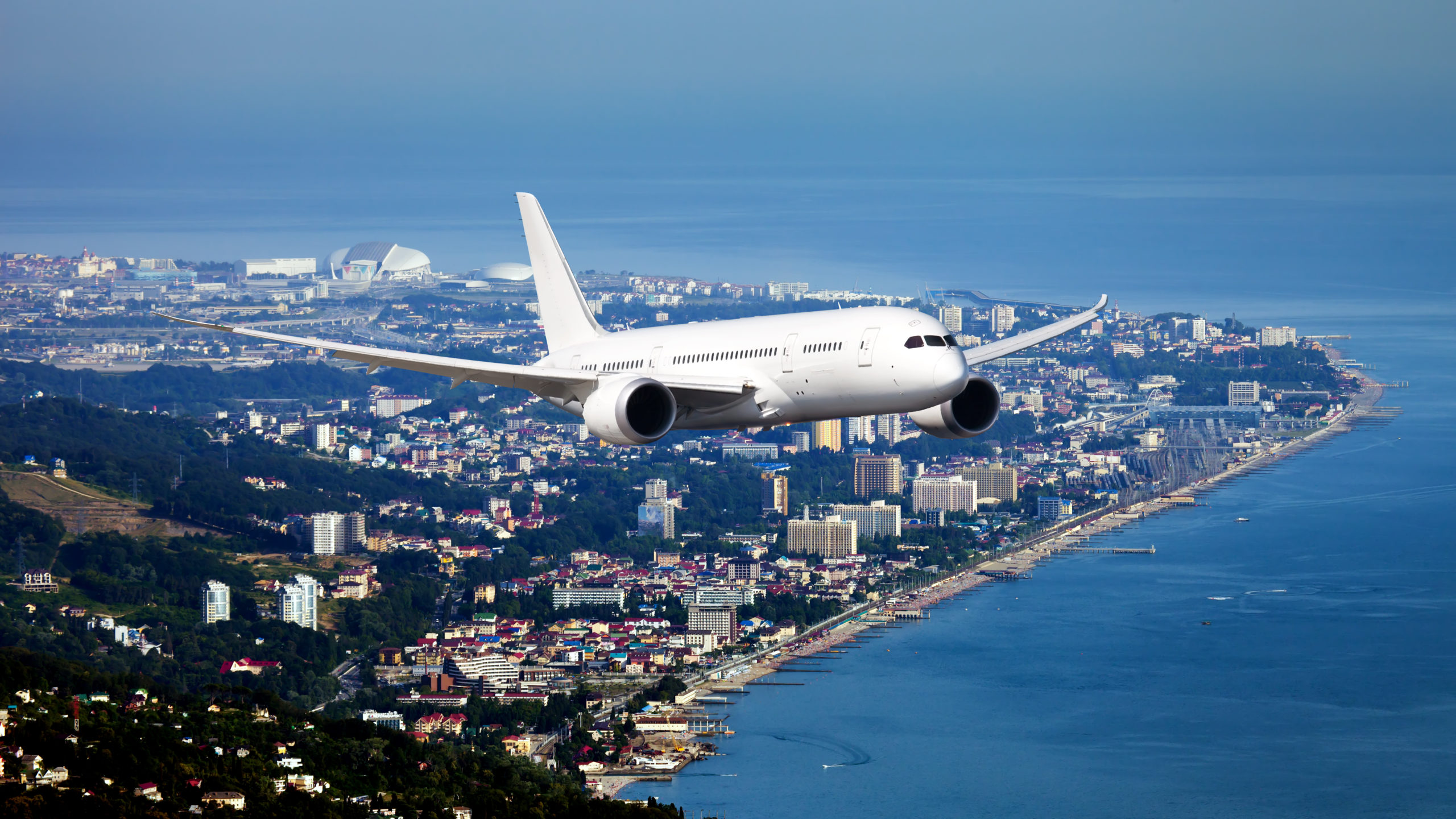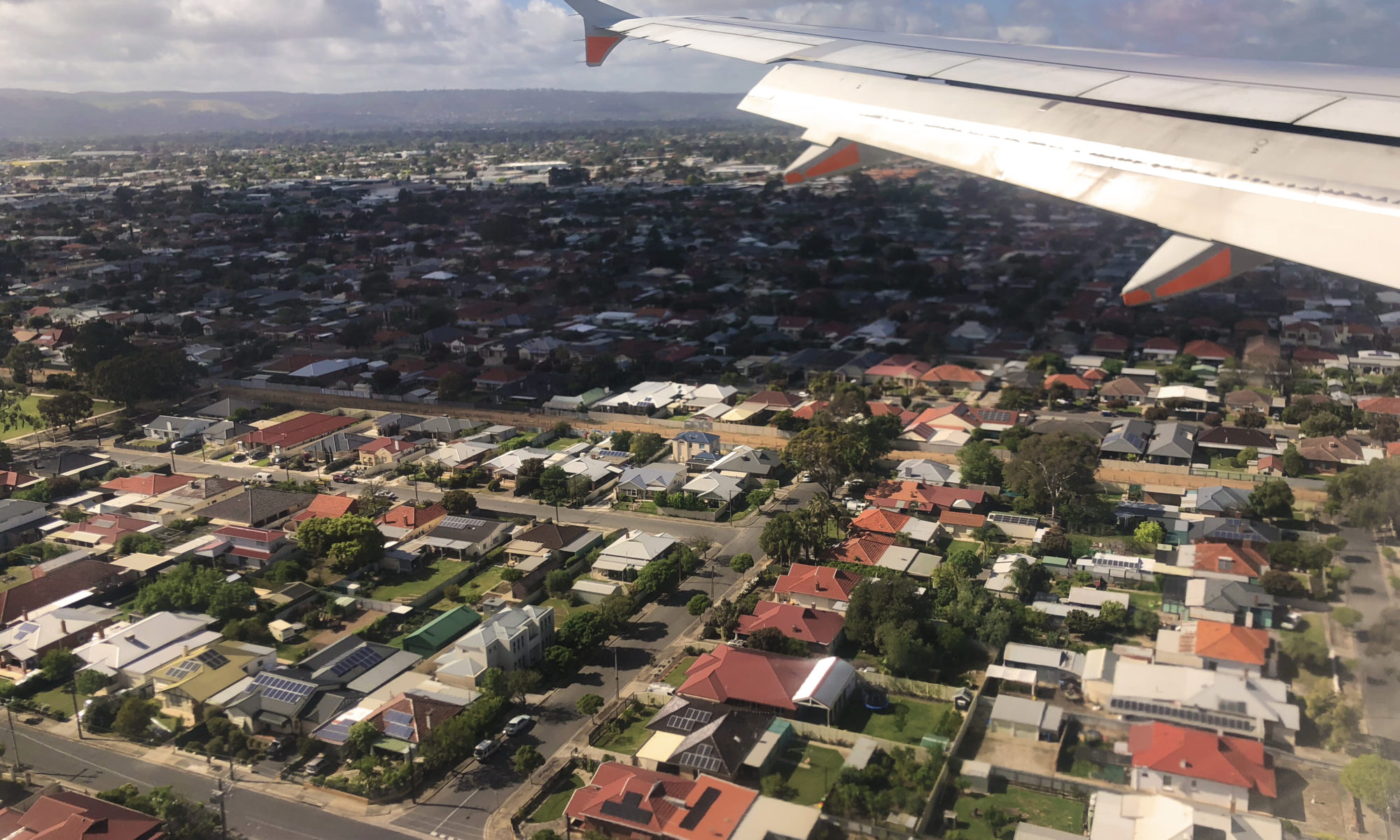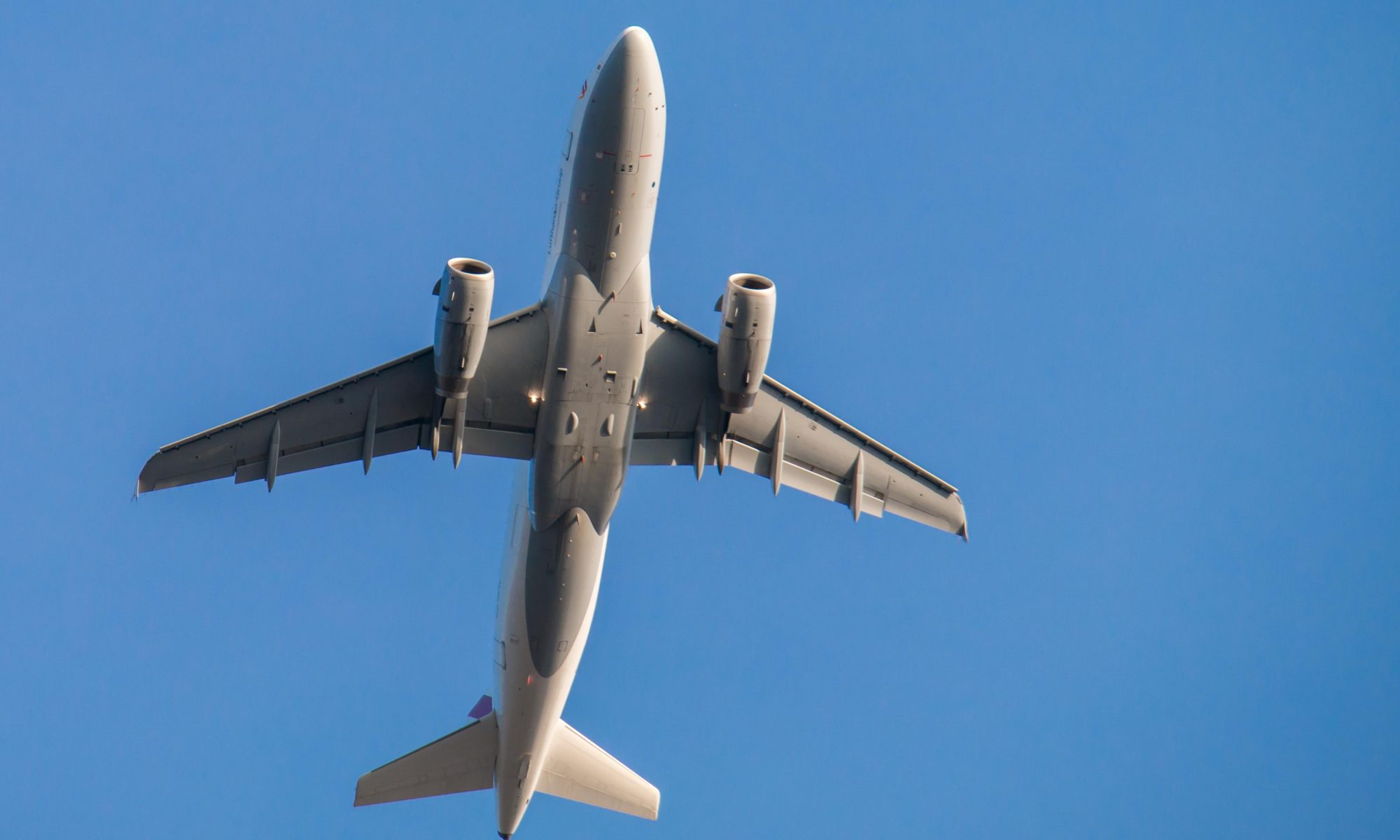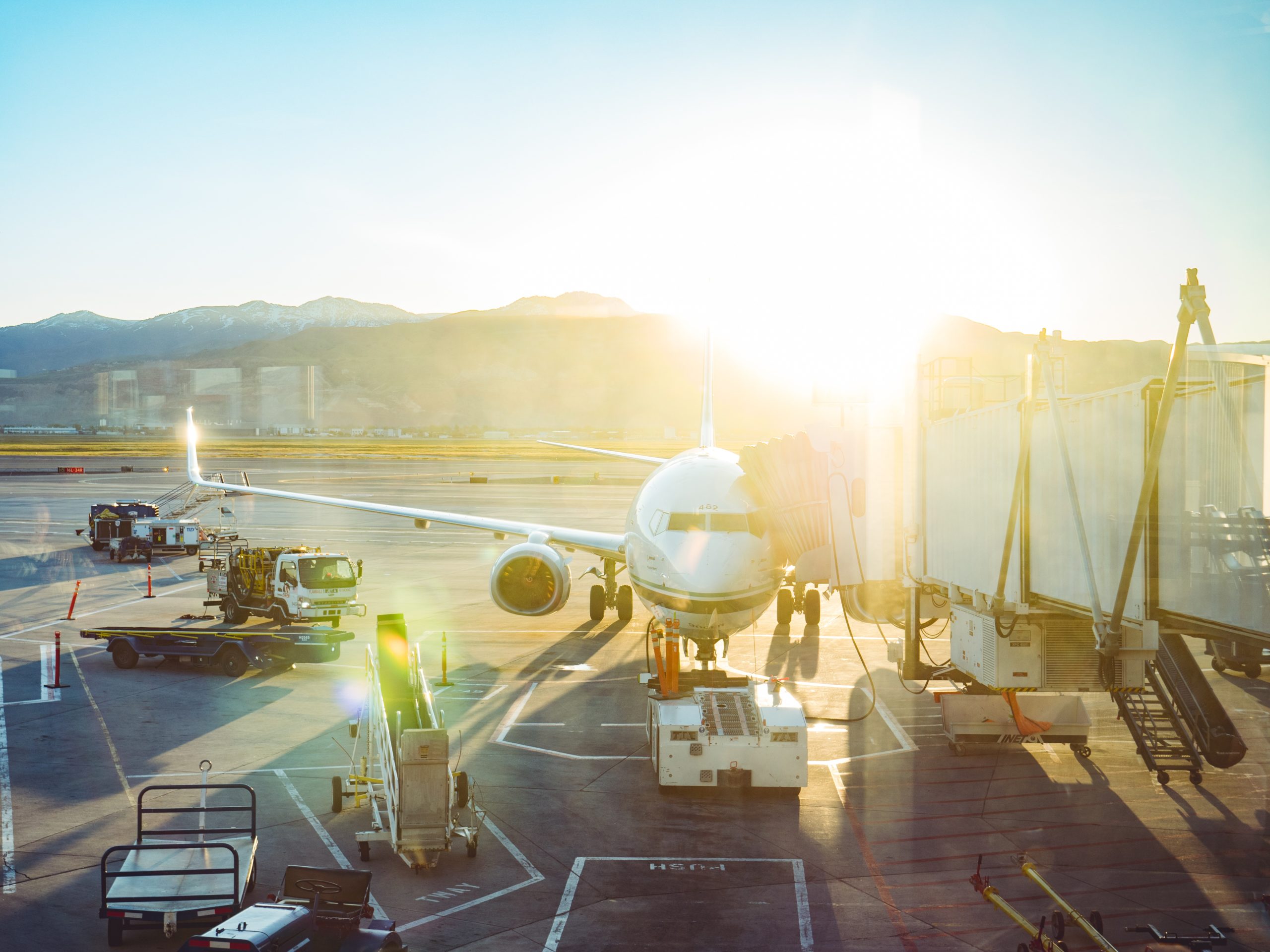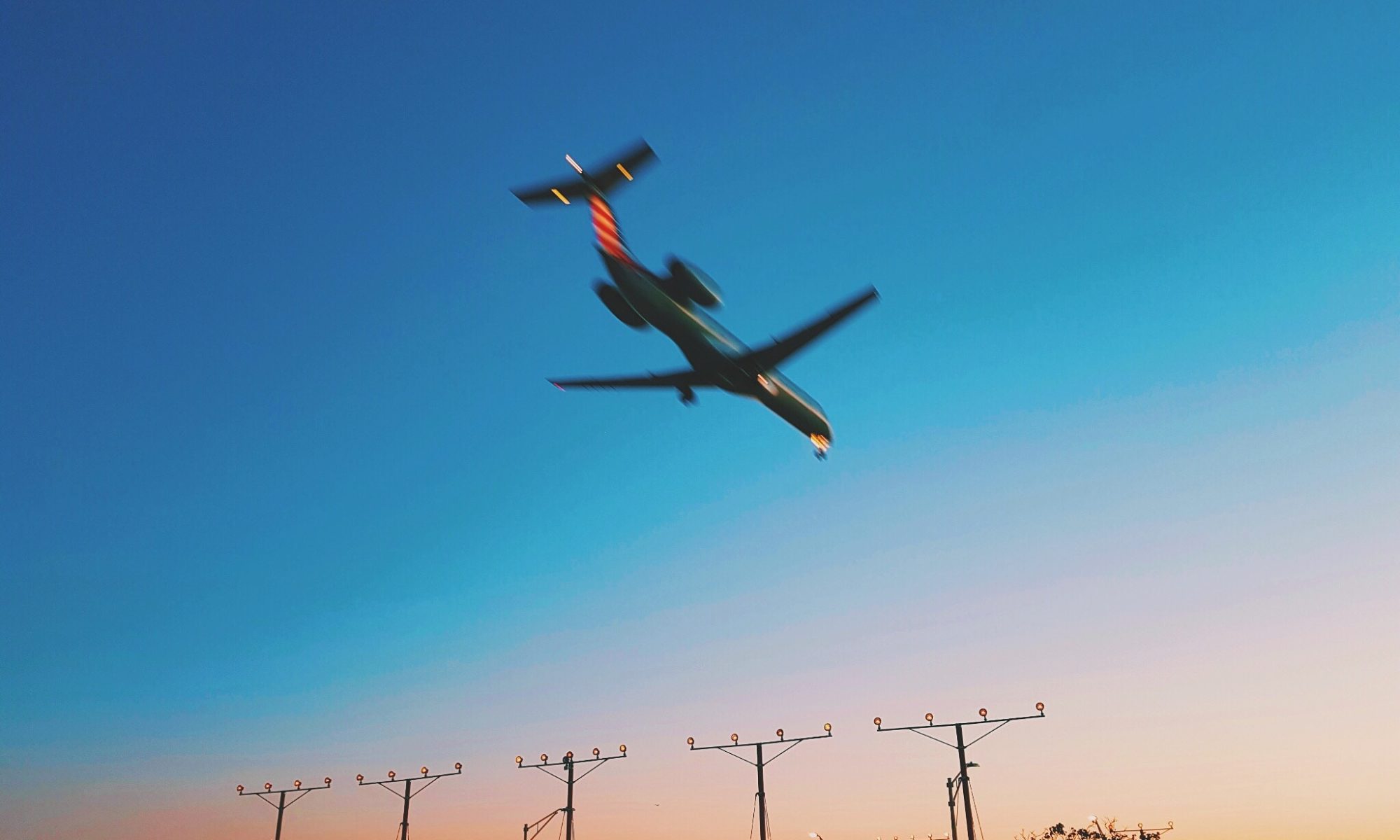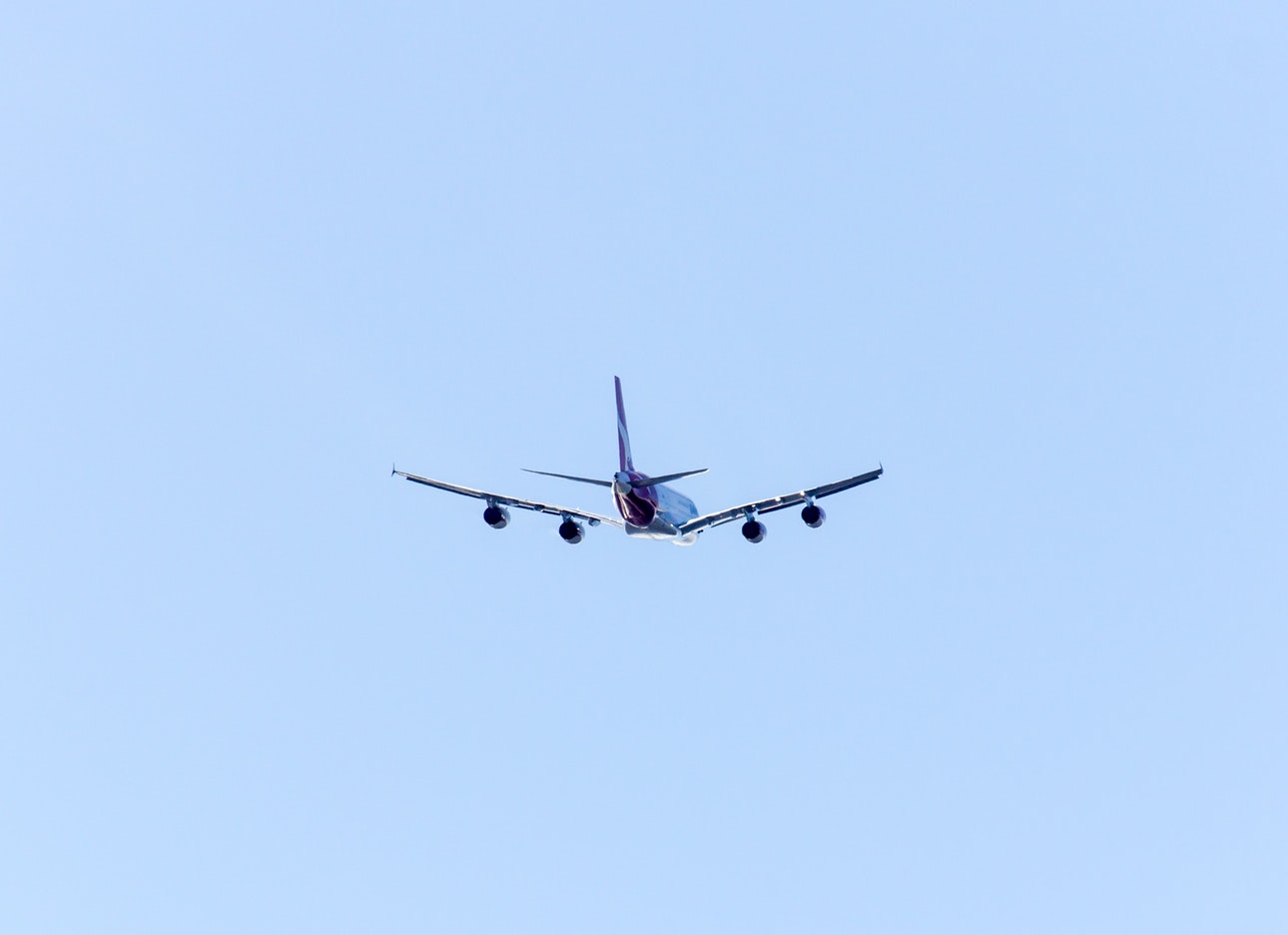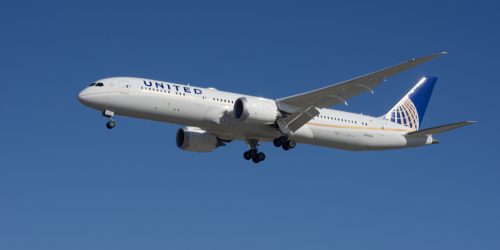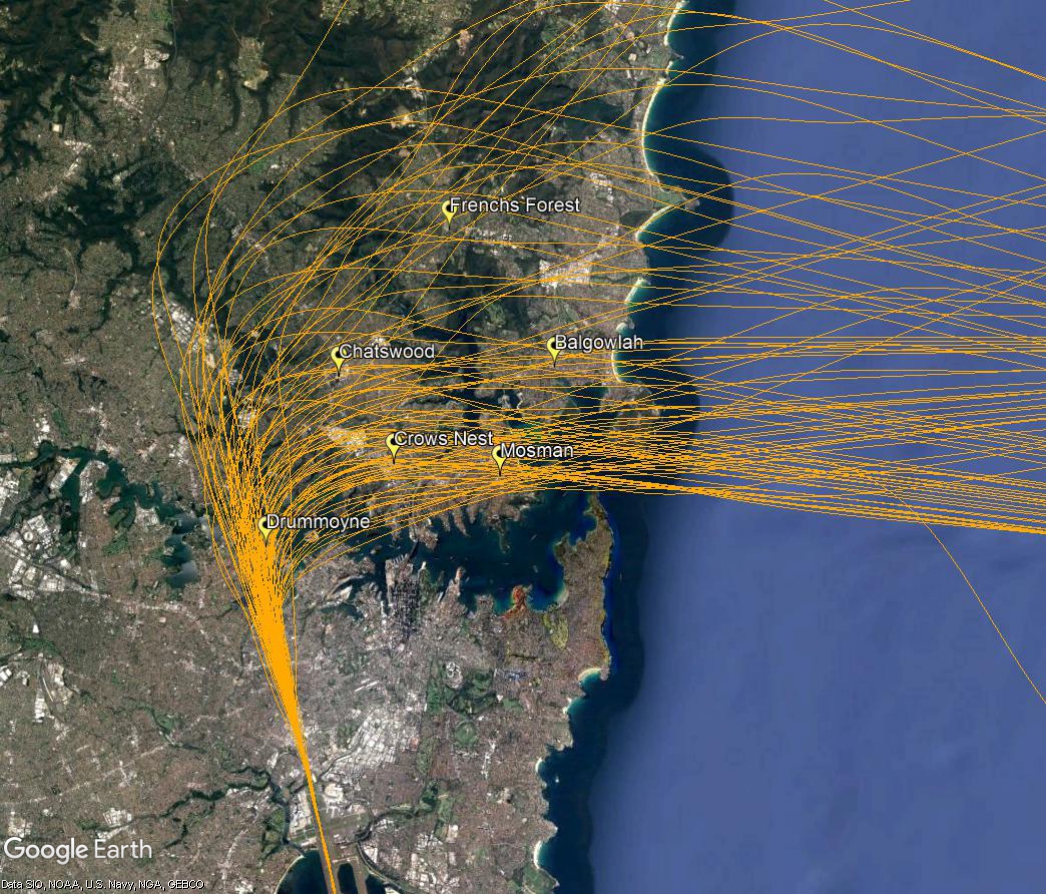The east-west runway tends to be used more frequently for arrivals from the east in the cooler months than at other times of the year. This means that you are more likely to notice aircraft arriving over your area to land on the east-west runway in autumn and winter.
It is relatively unusual for aircraft to depart towards the east from the east-west runway but it does occur on occasion when the wind is a strong easterly. When this occurs it means the crosswind limit has been exceeded on the parallel runways and they cannot be safely used. When all traffic has to use the east-west runway it usually results in delays at the airport and knock-on effects around the country.
In 2016 departures towards the east occurred on six days (in February, March, June, October and November), and in 2017 and 2018 occurred on one day each year (in October and November respectively).

